Paced Bottle Feeding: What Every Parent Needs to Know

Whether you plan to breastfeed with an occasional, exclusively bottle feed, or do a combination of both, one technique I recommend every parent who may use a bottle learn is paced bottle feeding. It’s a simple adjustment to how you give a bottle, but it can make a huge difference to your baby’s comfort and feeding rhythm.
Many parents are surprised when they first hear about it. After all, isn’t feeding a baby with a bottle just… tipping it up and letting them drink? Not quite! Babies fed with a bottle can easily end up drinking too quickly or taking more milk than they need. That’s because a bottle delivers milk much faster than the breast, and babies are born with a strong suck reflex.
Paced feeding helps slow things down and gives your baby more control — just as they would have at the breast.
What is paced bottle feeding?
Paced bottle feeding is a way of giving your baby a bottle that slows down the flow of milk. It mimics the natural rhythm of breastfeeding, giving your baby more control over how much and how quickly they drink.
Instead of milk pouring quickly into the baby’s mouth (as can happen when a bottle is tipped up), paced feeding lets your baby suck, pause, and breathe at their own pace.
Benefits of paced bottle feeding
- Protects the breastfeeding relationship – if you’re combo-feeding or expressing, paced feeding makes it less likely baby will prefer the faster flow of a bottle.
- Reduces wind and tummy discomfort – slower feeds mean less gulping and less air swallowed.
- Supports baby’s natural hunger cues – they get the chance to pause, rest, and stop when they’re full.
- Avoids overfeeding – babies have tiny tummies, and drinking too quickly can stretch them uncomfortably.
- Promotes bonding – feeds feel slower, calmer, and more responsive.
Step-by-step guide to paced bottle feeding
- Choose a slow-flow teat – ideally a narrow-based or gently sloping teat that encourages a deep latch.
- Sit your baby upright – think barely semi-reclined, not tilted way back.
- Hold the bottle horizontally – so milk just fills the teat, not the whole neck.
- Let baby draw in the teat – don’t push it into their mouth, let them choose to take it in.
- Pause often – tip the bottle down every few sucks if the baby is feeding too fast so they can get a natural break.
- Watch their cues – stop if baby turns their head, pushes the teat out, or looks relaxed and full. A 'good baby' does not need to finish their bottle!
When should I introduce a bottle?
If you’re exclusively breastfeeding and you're happy continuing that you don't ever need to introduce a bottle. However if you are breastfeeding and would like to introduce a bottle, it’s usually recommended to wait until feeding is well established (around 4–6 weeks) before introducing it. Offering a small bottle a few times a week after that can help prevent bottle refusal later on.
If you’re combination feeding from the start, by choice or necessity, paced bottle feeding is especially helpful to protect your milk supply and avoid baby preferring the faster flow of a bottle.
FAQ: Paced bottle feeding
❓ How long should a paced bottle feed take?
Ideally, 15–20 minutes — roughly the same length as a breastfeed.
❓ How much milk should I put in the bottle?
Start with small amounts (1–2oz / 30–60ml). It’s better to top up if baby wants more than waste milk if they don’t.
❓ Can I do paced bottle feeding with formula?
Yes — paced feeding works with formula or expressed breast milk.
❓ Should I do paced bottle feeding if exclusively formula feeding?
Ideally yes - this helps support baby's natural feeding patterns and avoids overfeeding.
❓ Will my baby still get enough milk if I slow things down?
Yes. Your baby will still get plenty of milk, but at a pace that supports digestion and comfort.
Final thoughts
Feeding your baby should be a calm, connecting time — not a stressful one, or a race to the finish line. Paced bottle feeding is such a small change, but it can really support your baby’s digestion, help protect breastfeeding, and give you confidence that you’re following their lead.
If you’d like hands-on guidance, or if feeding feels stressful right now, I offer lactation and bottle feeding consultations where we can work through your baby’s unique needs together.



